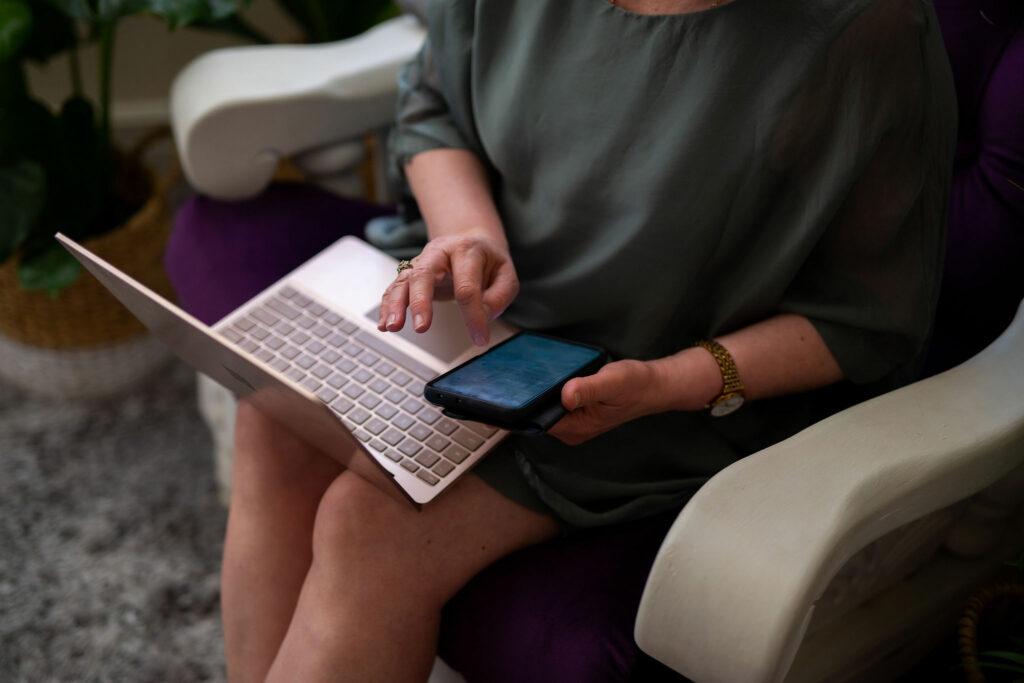Covid19 and fear and/or anxiety
“Fear leads to anger, anger leads to hate, hate leads to suffering.”
Yoda in Star Wars

I’ve noted a lot of stress in the community about COVIOD19 now – both about the current outbreak and also about mandatory vaccination for essential workers. Living on the border of Victoria and NSW – this is playing out in both states.
Please do not jump in to pounce on me – I am about pro choice and don’t have an opinion for anyone else either way. My concern is the level of fear and vulnerability that this is causing to people (including young people) in our community and how this is being played out. People tend to be taking polarized views at both ends of the conversation and this conflict can cause rifts in their relationships, both business and personal, if respectful conversations are not held. I have even heard of it being played out in schools, with adults and young people.
We can agree to disagree without upsetting others. There are many sides to any topic, my biggest concern is where people are getting their information from. Is it from a reputable source? Is it evidence based? Or are people repeating other’s misinformation?
Another concern is that the vulnerability and fear are increasing the anxiety in our community and many people seem to be unable to regulate the emotion that this is bringing. Anger is usually a secondary emotion, and this is what we are seeing out in the community, yet the actual emotion that people are experiencing may be fear, helpless, frustrated, threatened, or scared.
There are a number of ways to decrease the anxiety and/or regulate the emotions that this is bringing. Mindfulness, grounding, breathing and self-soothing exercises are really useful in situations like this.
Adults can assist children and young people in regulating their emotions through modelling their own emotions and stress.
As COVID19 continues and we all move forward with whatever this will bring, working on ways to regulate our emotions are going to be essential. Knowing which techniques to utilise, depends on whether the person is hyper aroused (flight/fright response), or hypo aroused (freeze response). Does the person need to be stimulated or their excess energy need to be calmed?
Examples of Mindfulness:
- Look around and find 5 things from each of your senses; What can you see, smell, touch, hear and taste
- Take a walk and notice all what is around you (very similar to above)
Examples of Grounding:
- Plant your feet on the ground and push your feet through the floor (can be completed either standing up or sitting)
- Walk on the lawn with bare feet
Examples of Breathing Exercises:
- Breathing in for the count of 4, hold the breath for the count of 4 and exhaling for the count of 4
- Slowing your breath down
Examples of self-soothing:
- Hand cream
- Fidget toys or pencils with nodules
If you need further information
- Insight Timer can be downloaded as an app and has 100,000 free meditations.
- head to health can help you find Australian digital mental health and wellbeing resources, for yourself or for someone you care about.
Reach out if you need someone to talk to – a friend or a professional can help.
